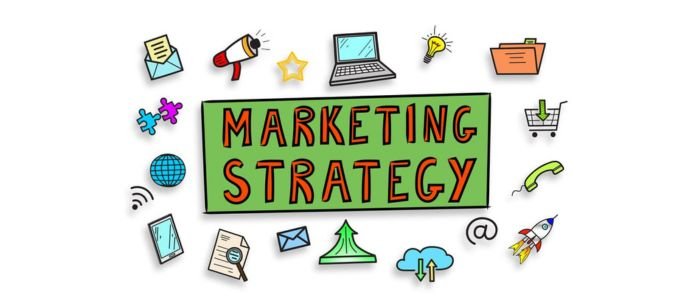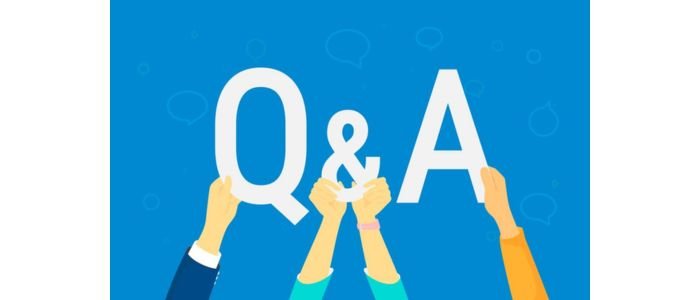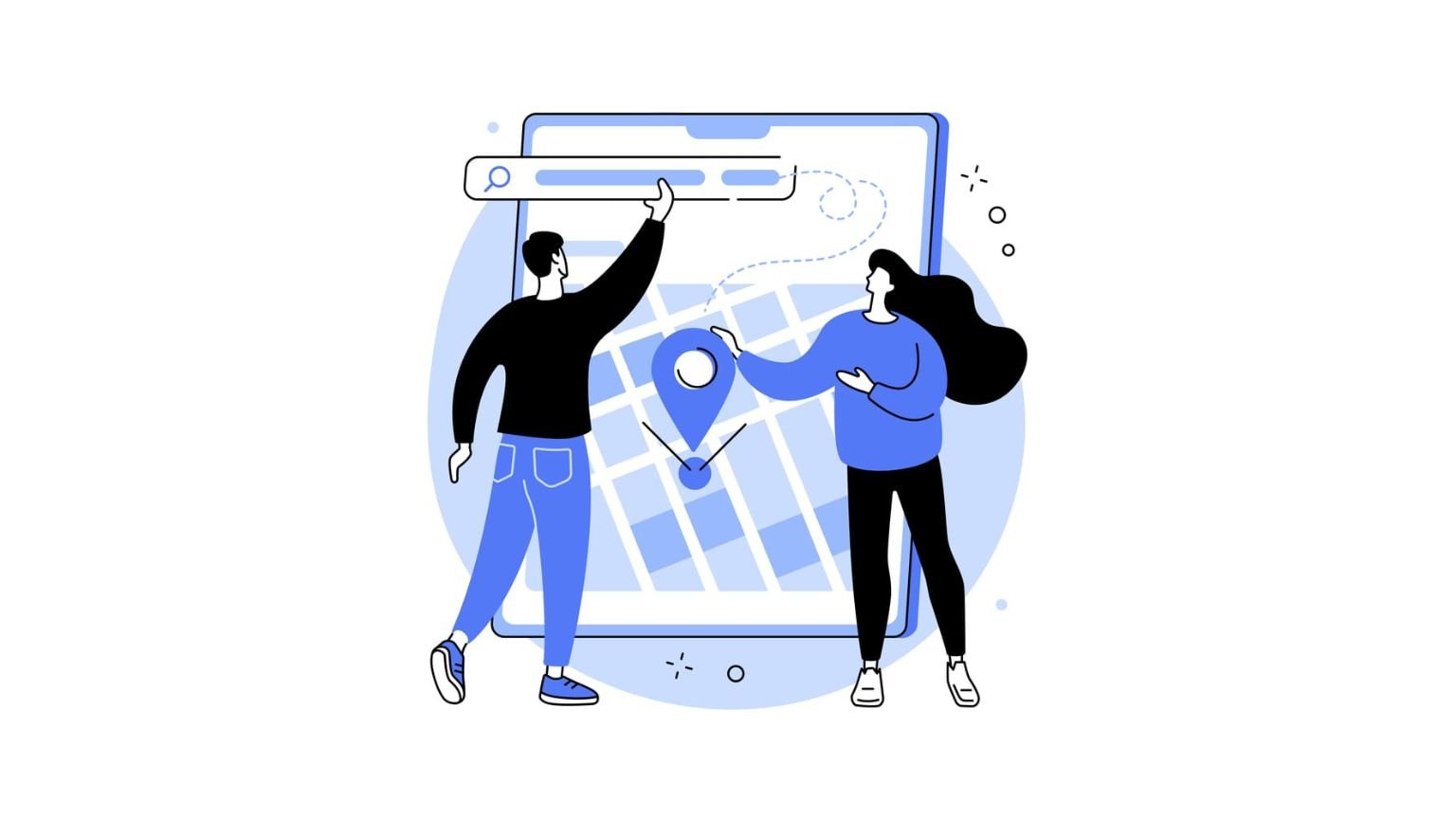Why Local SEO Matters for Rehab Centers?
When someone is looking for addiction treatment, the decision is location-specific and urgent. Most people want a recovery center that is ready to admit them quickly, accessible, and close to home. That is why addiction treatment searches are extremely localized. If your recovery center does not show up in the local results, you could be missing out on hundreds of admissions each month.
Being Visible in Local Search = A Full Recovery Center
Visibility of treatment centers in local search results is tied to occupancy rates directly. When your website ranks for local keywords and your GBP (Google Business Profile) is optimized, you are placing your treatment center in front of patients at the right moment when they are looking for help. These are high-intent leads who are ready to enroll in treatment, verify insurance, and call. The local SEO market is expected to rise by USD 3.1 billion by 2032, with a strong annual growth of 11%. This shows how important local search visibility has become for rehab centers. Local SEO is about building credibility and trust with your community. Local content, accurate business information, and reviews contribute to the impression that your treatment center is responsive, reliable, and professional.
Local SEO + Pay-Per-Call
A solid benefit of investing in local SEO is that it works smoothly with various lead generation strategies, including pay-per-call campaigns. If your treatment center is already optimized for local search and has the option to place click-to-call, visitors from paid call networks or organic traffic have a frictionless or clear path to connect with your admissions staff. This combo increases the chances of turning searches into qualified and live calls, and ultimately admissions.
Understanding Local SEO in the Rehab Industry
Local SEO is the process of optimizing the online presence of a business so that it appears at the top of the search results when people in a specific area are looking for services. For addiction treatment centers, it includes patient reviews, localized content on your website, local citations, and a GBP profile. When all these components work together, they indicate to Google that your rehab center is a relevant and trusted choice for searches nearby.
Authority, Relevance, and Proximity: Google’s Local Ranking Formula
When a person looks for a rehab center online, Google uses three main factors to decide what to show:
- Authority: How trustworthy your rehab center appears online, measured via consistent business information, backlinks, and reviews.
- Relevance: How well your content, website, and GBP match the search intent.
- Proximity: How close your rehab center is to the searcher’s location.
Since addiction treatment is a deeply time-sensitive and personal decision, credibility signals are important. Patients and families need reassurance that they are contacting a licensed and reputable facility. This is why positive patient reviews, a well-optimized GBP, and consistent NAP play a big role in conversions and rankings. Strong local SEO builds confidence and boosts visibility. When people see positive testimonials, professional photos, and accurate information, they pick up the phone, turning searches into real conversations with your admissions staff.
How Local SEO Generates High-Quality Rehab Leads?
Local SEO is about connecting the right people at the right time. For rehab centers, this means reaching patients and families who are looking for treatment options nearby and want to take action.
– Building Local Authority & Trust
Consistently showing up in local search results, showcasing positive reviews, and having accurate business information all work together to create the rehab center as a trusted resource in the community. When people see a rehab center with up-to-date information, professional photos, and high ratings, they feel confident making that important call.
– Ready-to-Act & High-Intent Leads
Local SEO focuses on users looking for rehab centers with clear intent. These searchers need an immediate solution and are in crisis. These are valuable leads that are gold for rehab centers.
– Steady Admissions & Long-Term ROI
Local SEO has a lasting impact. After your GBP and site are ranked well, you can generate leads monthly without paying for clicks. This consistent flow of organic traffic means less reliance on fluctuating ad budgets and more predictable admissions.
– Combining Pay-Per-Call with Local SEO
Rehab centers can enhance results by combining pay-per-call campaigns with local SEO. Tracked phone numbers and click-to-call buttons convert interests into live calls, and SEO drives organic visitors to your website. Whether a lead comes from a paid call network or a search, the result is the same: a qualified conversation with a person who needs help.
12 Local SEO Tactics for Rehab Centers

Local SEO is the basis of a successful rehab center marketing strategy. Optimizing local search for treatment facilities ensures that they appear when a person nearby is looking for help. Below are the effective local SEO strategies for rehab centers to generate more admissions and calls and dominate the local search results.
1. Local Keyword Targeting
Targeting the right keywords guarantees that your website shows up for the most relatable and valuable searches. Keywords for rehab centers must be highly location-specific.
Examples of High-Intent Local Keywords
- ‘Rehab that takes [insurance provider] in [city name]‘.
- ‘MAT program [city]‘.
- ‘alcohol rehab [state]‘.
Add these keywords naturally in the website, content, meta descriptions, headings, and page titles. Create location-specific landing pages for every service area or city you serve, making it clear that you are available and nearby.
2. GBP Optimization
Your GBP is the most vital asset for local SEO. It is the first thing that patients or families see when looking for treatment options nearby. An optimized profile can direct admissions, website visits, and drive calls.
Key Steps to Optimize Your GBP
- Post Updates Regularly: Share inspirational recovery stories, events, and updates on treatment programs to keep your listing active.
- Enable Q&A & Messaging: Allow patients to ask questions and respond fast to build trust.
- Upload High-Quality Photos: Include images of common areas, staff, and facility to create a sense of professionalism and safety.
- Select Accurate Categories: Opt for primary or secondary categories.
- Complete Your Profile: Fill out every business field, like services offered, business hours, website, phone, address, or business name.
An optimized GBP builds immediate credibility and improves your visibility, making it more likely that searches will call or click.
3. Reputation Management & Online Reviews

Trust is everything in the addiction treatment space. Reviews on Yelp, Google, and other platforms determine whether a person picks up the phone. Positive reviews serve as a local ranking signal.
Best Practices for Review Management
- Monitor Multiple Platforms: Keep an eye on industry-specific sites, Yelp, and Google for new reviews.
- Respond to All Reviews: Show that you value feedback by addressing concerns and thanking reviewers professionally.
- Request Reviews Ethically: Ask satisfied patients and families to leave honest feedback.
Recent positive reviews and high ratings can make a huge difference in admissions and call volume.
4. Directory Listings & Citations
Citations are mentions of your rehab center’s NAP (Name, Address, Phone Number) on external websites. Accurate NAP information on various websites indicates to Google that your business is trustworthy and legitimate.
Key Directories for Rehab Centers
- Psychology Today – Popular directory for mental health professionals.
- Local Chamber of Commerce Websites – Great for building credibility.
- YellowPages, Yelp, and Healthgrades – High-authority business directories.
- SAMHSA Treatment Locator: Federal directory that patients and families trust.
Audit your citations regularly to ensure that there are no inconsistencies, because mismatched data can confuse patients and search engines.
5. Mobile-First Experience for Local Searchers
Most of the addiction treatment searches occur on mobile devices. If your website is not mobile-friendly, you risk losing plenty of leads.
Mobile Optimization Must-Haves
- Simple Navigation: Users must find contact details, insurance info, and services quickly.
- Click-to-Call Buttons: Make it easy for users to call your admissions staff.
- Fast Load Speeds: A delay of a few seconds can make visitors bounce.
- Responsive Design: Your website must adapt to any screen size.
Pay-Per-Call Tie-In: Mostly, mobile users call directly instead of filling out a form. A call tracking combined with a click-to-call button helps rehab centers to see which pay-per-call campaign and SEO pages are generating the most admissions.
6. Local Content Creation
Creating locally relevant content indicates to Google that a rehab center understands local needs and serves the community.
Ideas for Localized Content
- Articles about nearby support resources, like community services or mental health clinics.
- Guides explaining sober living homes or local regulations for MAT programs.
- Blog posts about AA/NA meetings or local recovery events.
Every bit of the local content gives you more chances to connect with people who need your help and rank for a relevant search.
7. Local Link-Building Strategies
Links from different local websites are votes of confidence for your business; this boosts your authority in Google’s lens.
Smart Local Link Opportunities
- Offer guest articles to news outlets and local health blogs.
- Sponsor community events and ask for a link on the event page.
- Partner with advocacy groups or local nonprofits and get listed on their sites.
Every local backlink builds brand recognition in the community and improves your overall SEO.
8. Voice Search Optimization
Voice search is growing at a fast pace, and since people have started using Alexa, Google Assistant, and Siri, finding local services has become easier than ever.
How to Optimize for Voice Search?
- Optimize ‘near me‘ searches by including in phrases, like ‘serving patients in [region/city]’.
- Add a robust FAQ section to answer common questions about treatment.
- Use long-tail keywords and conversational language.
Voice search helps in capturing organic traffic and enables rehab centers to reach users who are looking for hands-free options in urgent situations.
9. Seasonal SEO for Rehab Centers
Treatments are usually spiked around specific times of the year, like post-holiday periods, summer breaks, and New Year’s resolutions.
Season SEO Tips
- Pair SEO with pay-per-call campaigns to scale admissions when call volume is high.
- Run short-term campaigns focused on high-volume months.
- Publish timely content ahead of peak seasons.
Planning ahead allows you to maximize occupancy rates during peak times and capture seasonal demand.
10. Content that Answers Urgent Need Questions

In the addiction recovery space, urgency matters. People looking for a rehab center’s information want instant answers.
High-Converting Content Ideas
- Guides outlining treatment steps and detox timelines.
- Content about what to expect and same-day admissions.
- Pages explaining insurance verification and coverage.
Place call buttons and phone numbers clearly on these pages to motivate instant action. This is a great place to integrate pay-per-call tracking numbers, allowing you to measure which content delivers the most qualified leads.
11. Community Engagement as a Local SEO Factor
Search engines reward businesses increasingly that are active in their communities. Community engagement builds trust with patients and improves brand recognition.
Ways to Boost Community Presence
- Collaborate with local media to cover community events and success stories.
- Publish press releases about new partnerships or programs.
- Host free educational webinars or seminars on addiction recovery.
Every single one of these efforts can result in backlinks, citations, and mentions that strengthen your rehab center’s reputation and improve local rankings.
12. Technical SEO & Local Schema Markup
Schema markup allows search engines to understand your business information and display it in top search results, which improves click-through rates.
Must-Have Schema Types of Rehab Centers
- Service Schema: Details specific treatment offered.
- Review Schema: Display star ratings in search results.
- Local Business Schema: Includes hours, phone, address, and name.
Combine a technically sound site with schema, like mobile-friendliness, secure HTTPS, and fast loading, to give Google confidence in ranking your website’s pages.
Measuring & Tracking Success of Local SEO for Rehab Centers

Tracking performance is important for understanding whether the local SEO strategies are driving admissions. Rehab centers require a clear picture of what needs improvement, which marketing efforts are working, and where their leads come from.
KPIs (Key Performance Indicators) to Watch
There are various important metrics that help in measuring the success of local SEO for rehab centers.
- Click-to-Call Button Engagement: This is important for mobile users, where calling is the fastest conversion strategy.
- Website Inquiries & Form Fills: Measure how insurance verification requests or contact form submissions are made from your site.
- Direction Requests: Monitor how often people click to get directions to your rehab center, a strong indication of intent.
- Calls Generated from Local Listings: Track calls that come from your GBP or other directories directly.
Regularly measuring these KPIs allows you to see which local SEO efforts are optimized accordingly and producing results.
Using Call Tracking for Deeper Insights
The most effective tool for monitoring local SEO success is call tracking. By assigning unique tracking numbers to various channels, like pay-per-call campaigns, PPC ads, GBP, or a website, you can pinpoint exactly where every single call originates. This level of insight allows rehab centers to:
- Fine-tune pay-per-call campaigns by understanding lead quality.
- Measure ROI from SEO compared to paid campaigns.
- See which listings or pages generate the most admissions.
Combining web analytics with call tracking data provides a comprehensive view of the patient journey, from search to click to live conversations. This helps you to focus resources on the highest-performing lead sources.
Final Thoughts
Local SEO is a lifeline for those who actively need treatment and are seeking help. When a rehab center appears at the right time and place, it can change the course of someone’s life. Local SEO makes your rehab center trustworthy, approachable, and easy to find. Combining this visibility with tools like pay-per-call campaigns and call tracking ensures that no lead is missed. The digital landscape of addiction treatment is competitive, but consistent efforts pay off with real impact, real admissions, and real conversations.
FAQs
What is local SEO for rehab centers?
Local SEO means increasing online presence so people in your area find your treatment services when they search. This includes patient reviews, localized website content, consistent directory listings (NAP), and optimized GBP. The goal is to make it easy for searchers to discover, evaluate, and call your rehab center when they need help.
How long does local SEO take to generate calls?
You can see early wins in a few weeks, but meaningful organic ranking improvements take 3-6 months, depending on the cleanup of citations and competition. Analytics and call tracking show impact, letting you optimize paid channels and pages while SEO matures.
How does Google rank rehab centers locally?
Google weighs proximity, relevance, and authority. GBP completeness, accurate NAP, and recent reviews all tip the balance in the rehab center’s favor.
What content converts urgent searchers best?
Create pages for FAQs, detox timelines, insurance verification, and same-day admissions. Keep the click-to-call buttons and phone numbers above the fold and use clear next steps so that urgent visitors can call immediately.


Leave a Reply